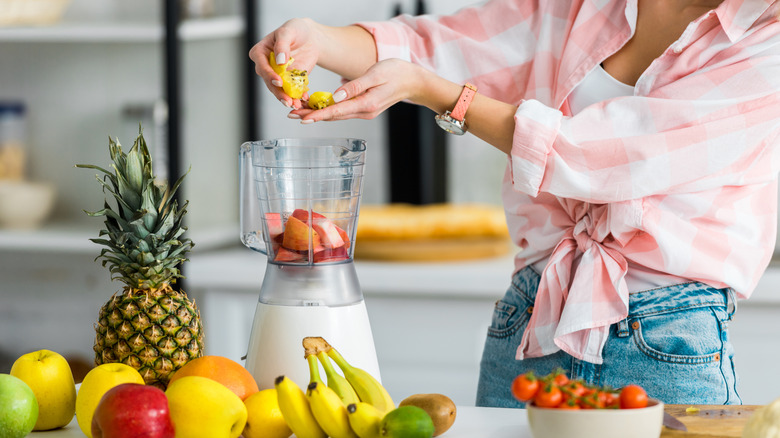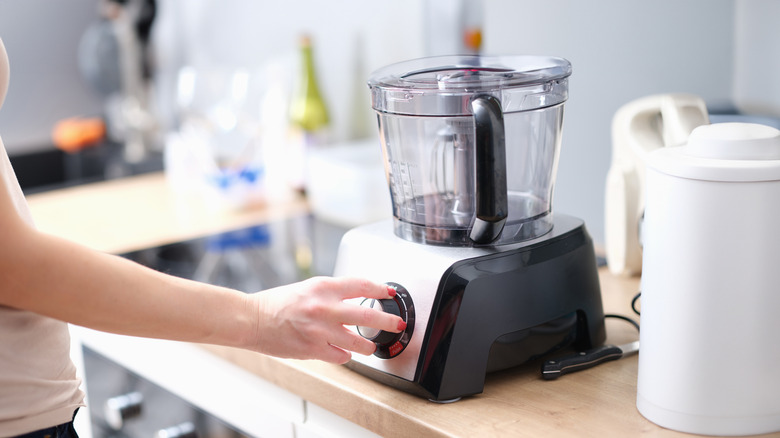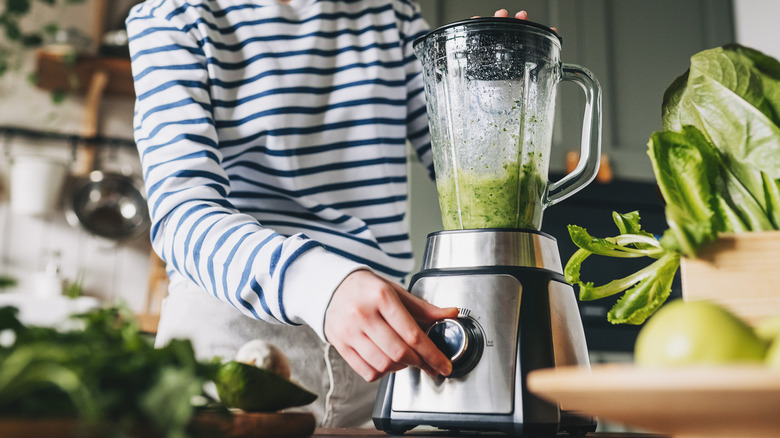Food Processor Vs. Blender: What Makes Them Different?
Choosing between a food processor and a blender can be confusing, especially since they both serve different purposes in the kitchen. At first, it might seem like you can just swap one out for the other, but the two appliances are designed with specific uses in mind. Blenders are built for liquids, so they're the perfect countertop companion for smoothies, soups, and other recipes that require a smooth texture. With their tall jars and single blade, blenders excel at breaking down ingredients in wetter recipes.
Food processors are better suited for solid or semi-solid ingredients. They come with a variety of interchangeable blades and wide work bowls, which make them versatile for chopping, slicing, shredding, or even mixing dough. You can think of it like this: Food processors are different from blenders in the sense that they're more about precision and control, so you have the ability to prepare everything from finely chopped vegetables to thick dips. When you understand these crucial differences, it can save you a lot of time and frustration in the kitchen.
When to use a food processor
A food processor is the ultimate tool for tackling ingredients and recipes that require more of a fine touch. Its wide, flat work bowl allows you to process larger quantities of food, and the various blades make it versatile enough to handle a variety of tasks. For example, food processors are excellent for shredding cheese, slicing vegetables, or chopping nuts. They can also mix dough for bread or pizza, which is a complete lifesaver when it comes to taking the manual effort out of baking prep.
One of the biggest advantages of a food processor is that it can handle thicker or tougher recipes. It's the number one appliance for making hummus, pesto, or nut butter because it can break down solid ingredients into a creamy texture without needing much liquid. This is something blenders often struggle with because their tall jars are designed for more fluid mixtures.
Another great feature of food processors is their ability to slice and shred directly into the work bowl. This is especially helpful for preparing salads, stir-fries, or casseroles. They're also excellent for chopping onions or garlic quickly and evenly, saving you from the mess and tears of doing it by hand.
If your cooking routine involves a lot of prep work or you need precision chopping and slicing, a food processor is the better choice. It's designed to handle the tasks that require more control and less liquid, so it's an essential tool for home cooks. I can't imagine life without mine and it's even a revolutionary kitchen tool for Julia Child, so that says something!
When to use a blender
Your blender is your secret weapon for recipes that rely on liquids, so all the smoothie, soup, and milkshake lovers are sure to have them in their arsenal. Their tall, narrow jars and sharp blades have been specially made to blend ingredients into a smooth consistency, which is why they're the best choice for drinks or purees. If you're making a green smoothie or a creamy soup, a blender will break down ingredients like leafy greens or cooked vegetables into a luscious, drinkable texture.
Blenders are also great for emulsifying liquids for making salad dressings, marinades, or batter. They work quickly to combine oil and vinegar or other ingredients, which gives you a luxuriously blended result every time. For those who like frozen treats, most blenders can crush ice with ease, so it's also the preferred appliance for slushies or frozen cocktails.
It's important to note that some high-powered blenders go beyond basic blending tasks. They can handle grinding nuts, making nut milk, or even creating smooth baby food. However, blenders aren't designed for chopping or slicing solid ingredients, so they're less versatile than food processors in that regard.
If your recipes are heavy on liquids or you're going for a consistently smooth texture, a blender is the best choice. It's quick, efficient, and excels at handling all your liquid-based cooking needs.


